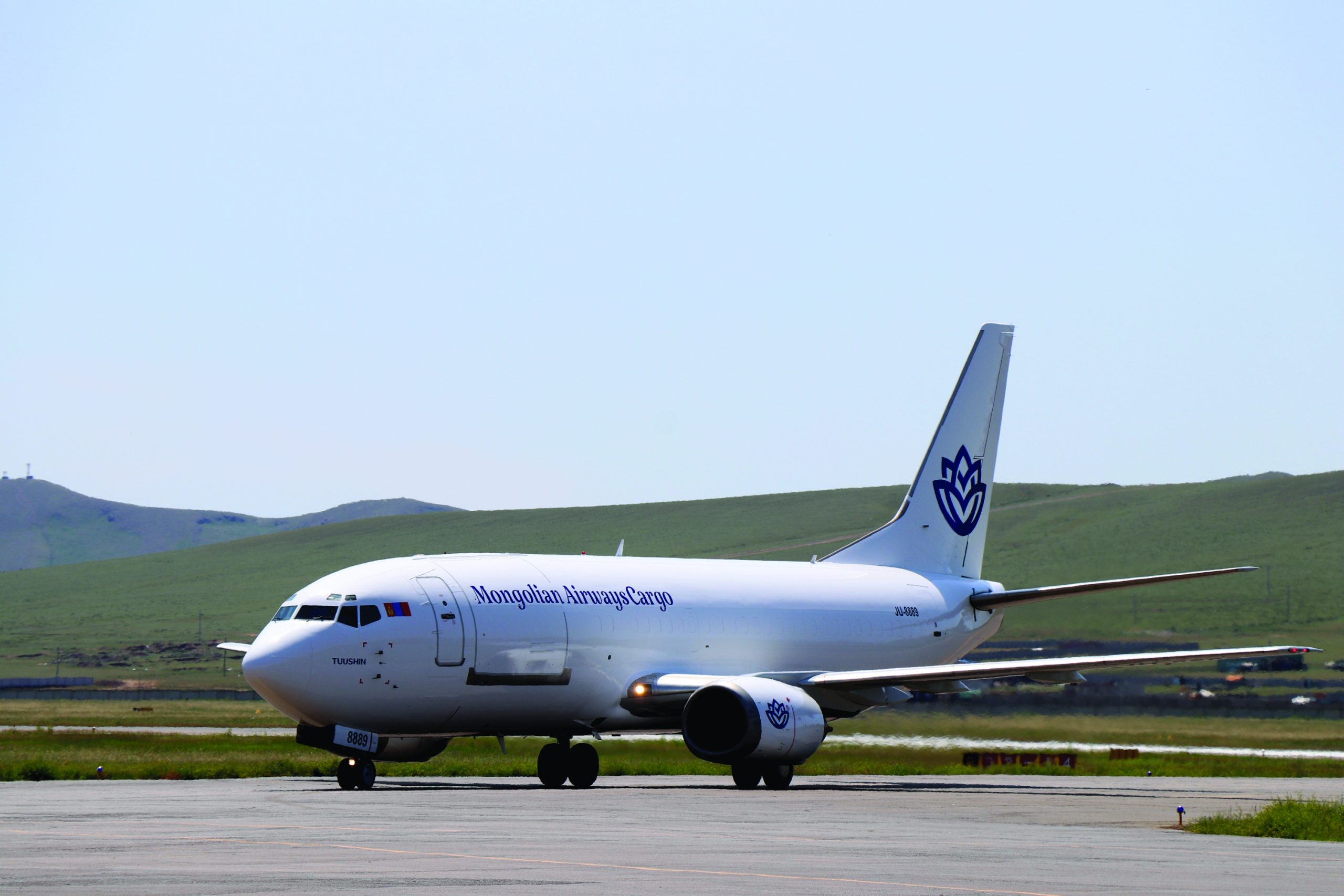Beyond liberalization

Let’s take a look at the development of civil aviation in Mongolia. MIAT Mongolian Airlines began providing international flight services with Tu-154 aircraft leased from the Soviet Union in 1987. It was a historically significant event for the Mongolian air transport sector. Following the expansion of international cooperation, Mongolia opened its consulates to Beijing, Moscow and Irkutsk. As a result, MIAT Mongolian Airlines faced a challenge to meet international standards in providing air transport services to both domestic and foreign passengers.
In 1993, MIAT Mongolian Airlines officially became a state-owned joint-stock company. The role of air transport is critical for foreign trade and for entering the global market since Mongolia is a landlocked country with limited rail transport capacity. Therefore, it is necessary to ensure the reliability and accountability of the agencies responsible for defining air transport policy, implementation and management.
The delegates from the Ministry of Road and Transport Development and executives of the MIAT plan to liberalize air transport but in a gradual manner. The rationale is to open the market to foreign airlines after ensuring the competitiveness of the national airlines. Namsraijav Ganbold, the Vice President of Flight and Technical Operations of MIAT, stated that in 2014, MIAT incurred 50 billion MNT in a loss. For that reason, the board drew a new operational strategy which successfully increased profits to 50 billion MNT in 2017.
It is common practice to set prices in accordance with labor and fuel costs. In the International Air Transport Association’s statistics, the jet fuel cost of Chinggis Khan International Airport was above the global average by 39 percent or 237 USD. To illustrate, one tonne of jet fuel costs 1,062 USD in Mongolia, 647 USD in Europe and 656 USD in the United States. In fact, the fuel cost constitutes 35 percent of direct costs and 24 percent of total costs incurred by MIAT Airlines. The experts suggest that Mongolia will have a chance to break the industry-crippling jet fuel monopoly by encouraging fair competition in the air transport sector.
The airport is the flesh and blood of the air transport sector. The Chinggis Khaan International Airport (formerly Buyant Ukhaa Airport) was built in 1957. Only 60 years later, the construction of the new international airport was completed. The new airport meets the necessary international standards thanks to the support and cooperation of Japan and South Korea. The Director-General of the Civil Aviation Authority of Mongolia L.Byambasuren announced that they intend to open a flight academy in order to prepare the workforce for the aviation industry.
Mongolian citizens are eagerly awaiting the opening of the new Chinggis Khaan International Airport which will make Mongolian sky busy as a bee. Higher economic growth and deeper foreign relations are likely to lead to more passengers and new entrants in the air travel market. According to a tourist survey conducted in 2018, tourists were least satisfied with the air and road transport of Mongolia. We hope that the Government of Mongolia will address the complaints by ensuring fair competition in the sector which will benefit the Mongolian economy.

Source: MRTD